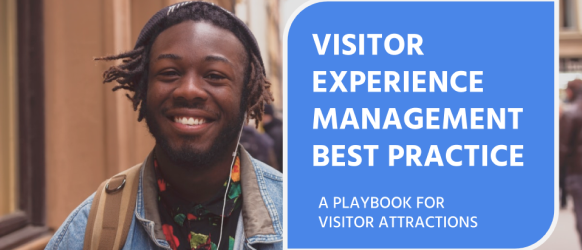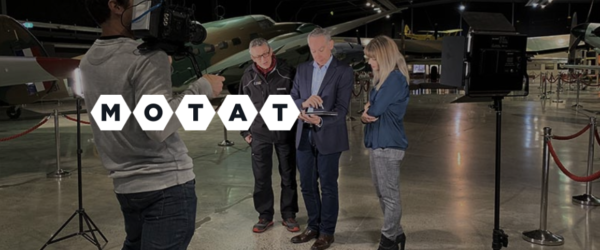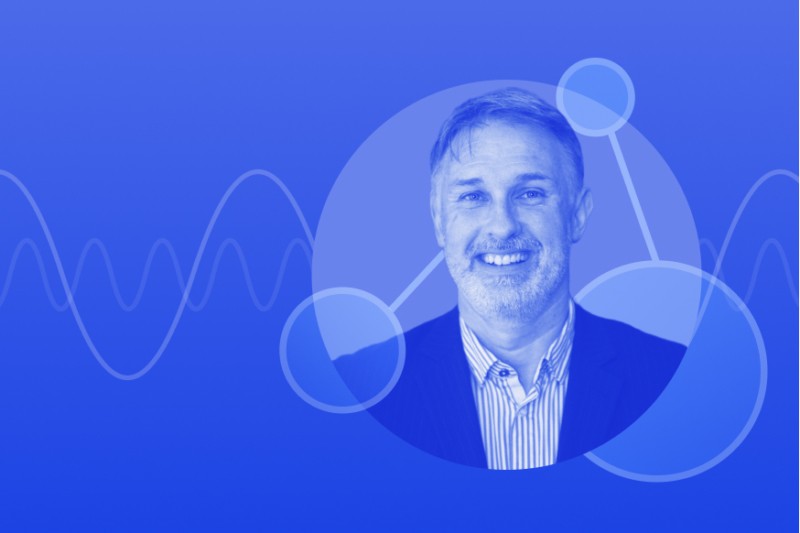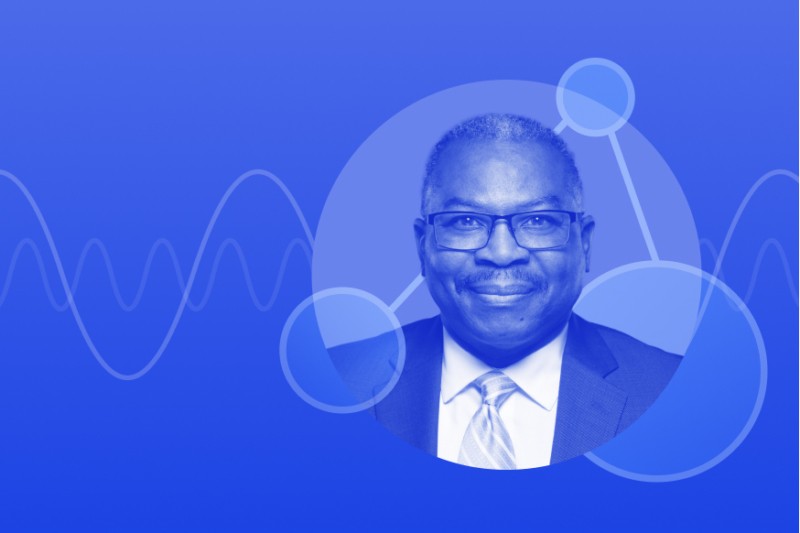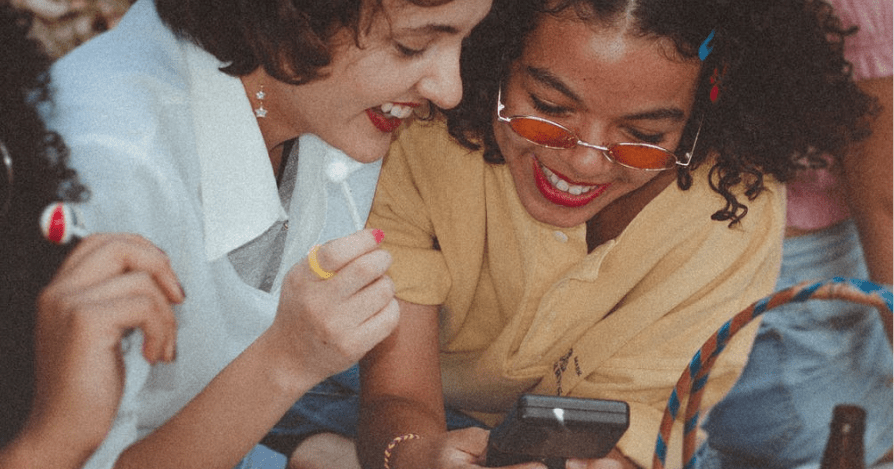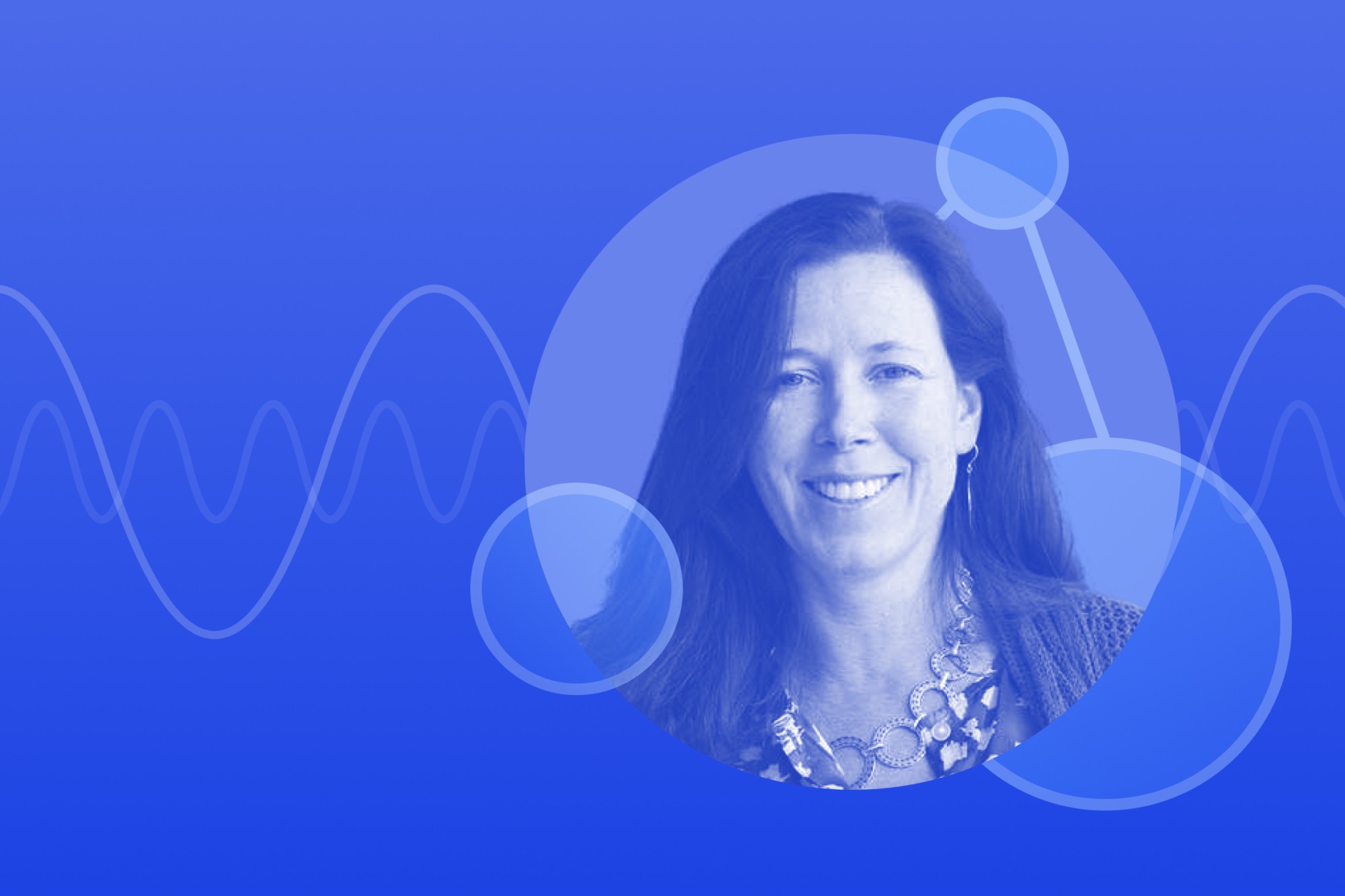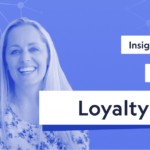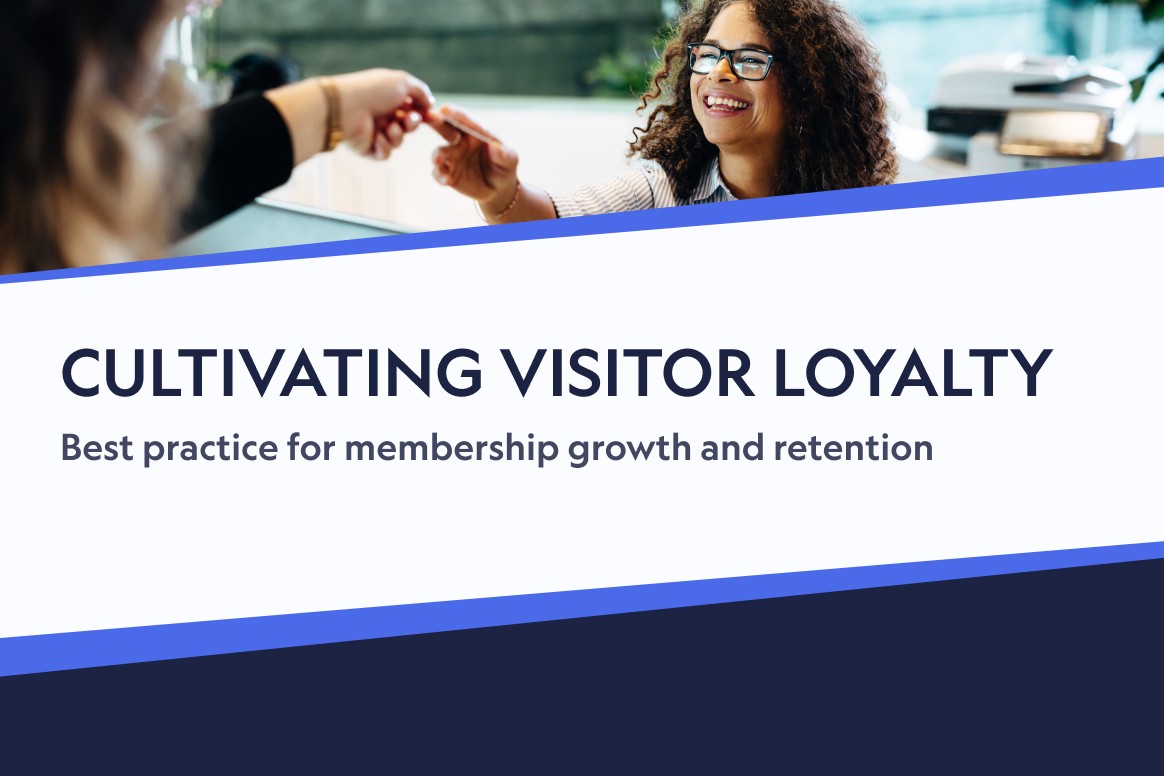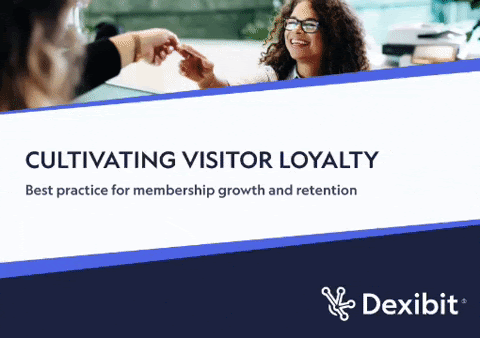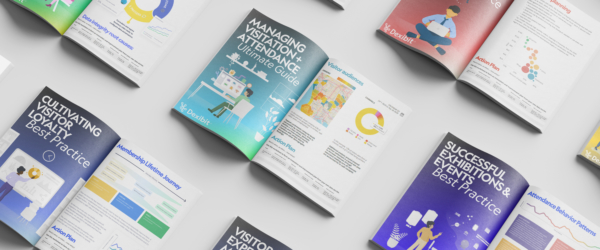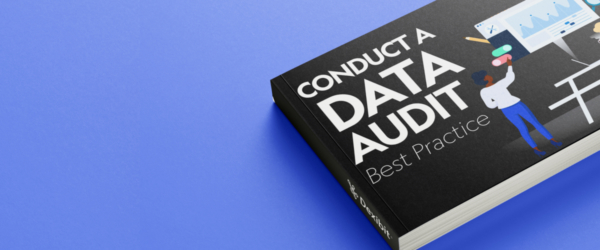Angie: Melissa Felder joins us today from the Bay Area’s number one cultural attraction, the California Academy of Sciences. It is an incredible organization at the heart of the golden gate park, complete with a natural history museum and aquarium, a planetarium, rainforest, and more. Melissa is the chief revenue and marketing officer and her brand of leadership and sales and marketing is strategically focused at the Academy. She is responsible for that and the exhibitions and earned revenue, spending admissions, membership stores, restaurants, rentals, photos, licensing, tourism programs, and even launched the Academy’s own digital magazine, which you can check out at biographic.com. Melissa, it is wonderful to have you here.
Melissa: Well, thank you for inviting me.
Angie: And today we’re talking about loyalty. So how you create it, grow it, retain it. And I know it’s been a really mixed bag and a bumpy ride in loyalty for many visitor attractions. Some have been very generously supported by their public, or have found other ways to create value for members online. When they’ve been closed, others have been hit really hard, right where it hurts, during an already difficult year in recurring revenue. So we’re very lucky Melissa, to benefit from your experience and leadership today. Thank you so much for joining us.
Melissa: Absolutely. I would say we experienced everything you just said, so it’s not an either or it’s an ‘all’.
Angie: So Melissa with that in your role leading revenue and marketing, how are you now integrating membership with the other revenue components of your business model at the academy?
Melissa: Well, it is a pretty – I don’t want to say completely seamless, but it becomes seamless in a way. And one of our goals, and this was a goal, even pre pandemic, but it’s become even more important as we move through and out of the pandemic, is to have all people that experience the Academy, whether they are a, a community follower or a community member, a ticketed visitor or a member or a donor, somebody that has visited us 10 years ago, or somebody who’s thinking about coming in the future: to have the mindset of a member feeling like they belong, or at least have the potential to belong to something. So yes, membership is a, a product, but we think of it a little bit more like a state of mind, an affinity state of mind.
Angie: That’s such a powerful message there that we’re sort of almost walking away from the term of visitors, which. I don’t know, a visitor to me is, is really quite a short relationship. It’s quite transactional into thinking about everybody is as loyal members and community around us. Can you talk a little bit more about your vision for how you think about loyalty across that visitor experience when it comes to things like programming, retail, online? What’s the vision there?
Melissa: All of those touch points are part of the experience needs to be completely on brand and it needs to do a couple of things for us. One of it, we really want each of those experiences to be clear about what we stand for as an organization, what our purpose is, our purpose is to regenerate the natural world.
And if you think about that, that’s not, place based, that’s not a museum. It’s what the museum stands for. So we want our experiences to be linked to our purpose and our mission. And then we also think about value and how we can create value for. Any of those constituencies, whether they’re literal members or visitors or community followers.
And what I mean by value, is that people are getting something, whether it’s a physical experience, is it digital content? It’s some idea of something that is special, related to what we stand for and also related to what they may have paid, if you will. And sometimes people pay dollars, but they’re also spending their time and their brain space with us.
So that’s sort of how I think about loyalty building.
Angie: And you mentioned touch points there through both mission and value. If we’re thinking about that funnel, if you like of converting public to audience, to visitors, to followers, to members, how do you start to nurture your community?
Melissa: Well, our community is pretty broad and I think of our digital community, our social community, and I believe we have one of the largest followings of any natural history museum in the world.
We have over 3 million followers. Many of them are global. And many of them have never set foot at, into our museum or even maybe been in, in San Francisco. And so we have to think about what we stand for and communicating it to a global audience. So that’s sort of the [00:05:00] biggest piece of the funnel, where the bottom part of the funnel the goal isn’t only to get somebody to visit and to buy something in our store, but to have them really understand what we stand for and how it relates to their life and provide some value for them there. So it can be the top of the funnel can be this broad global audience. It can also be an audience that’s a little bit more narrow, but that is place-based in Northern California.
So we keep our communication with our social communities, very robust. And we also do a full suite of typical marketing communications. And then on site, we have, of course our public experience for ticketed guests and for members and for donors. And after somebody visits, if they weren’t already part of our community, we invite them to be part of our community by asking them how their experience was and asking them how we can add more value for them.
And we keep up a cadence of communication. And in many cases, people become members after visiting, but sometimes they become members without visiting first or in order to visit. If that makes any sense, our members also will go on to support us beyond their memberships as, as donors. And, and then sometimes, you know, you could be a member and you can decide that you’re going to take a little bit of a break and you engage with us in other ways, such as consuming our digital content. And then may, you may come back later as a volunteer. So there’s, I described something that sounds linear, but it’s probably got many loops to it.
And I’m right now I’m drawing with my hands, but you can’t see them since this is a podcast.
Angie: That was a fascinating observation there that with that global audience, many of them have never visited and I take it may never visit. And that might not even be the goal there. And I imagine that’s true for quite a few attractions with a global mission like yours, but in your experience when it comes to those paid members, visitors or not, what are some of the key factors like origin and distance from the venue that influence loyalty in terms of member conversion and churn?
Melissa: So there are some practical factors. One of them is location or geography. Most of our, what we call physical or base or local members live in the Bay Area and even hyper-local to San Francisco in the Bay Area, that said, we do have digital only members. So this is a new opportunity for us to reach beyond the geography. So one factor is geography.
Another factor is where somebody is in terms of life, stage, or demographics. We have a lot of content that is very appealing for families with school-aged children, as well as adults. So those are sort of a bi-modal demographics, but I think the geography and the demographics as sort of secondary factors.
What I think our primary factors are somebody’s motivation and what they’re hoping to get out of their membership with us. And so we have two major types of members. They have overlap between them, but one is one they’re motivated by our mission that they want to support us because they believe in what we’re doing in the world. And then the other type are really about access and they derive most of their value from visiting and experiencing us physically and in person, the way that the mission members, if you will interact with us, some of it’s physically onsite, but some of it is digitally. And then the members that are, tend to be more transactional, the way they derive value is usage or utilization.
And we can see that members that visit those transactional or access members that visit more frequently, open their emails more, buy more things on our store, are much more likely to renew. I do really enjoy that separation of mission versus transactional members and how you start to spot those motivations and their behaviors.
Angie: That’s really interesting. So, and in your experience, when it comes to those, what does that magic equation of what makes a member sticky in either of those categories? What do you need to hit that makes that member less likely to churn?
Melissa: I think that if they – I called it utilization before, which sounds cold, maybe a good way to say it as engagement, higher levels of engagement, both physically onsite and digitally with content, the higher levels of engagement, the more sticky someone is- and sticky can be renewal, but it can also be the willingness to volunteer, be advocate in somebody’s community. And it can also mean willingness to give above and beyond a membership. So that utilization is one another one is understanding, standing, fundamentally understanding how their membership supports [00:10:00] everything that we do. So it isn’t a dollar in exchange for the ability to visit. If that dollar goes into global biodiversity and conservation programs, it goes into educating kids within the Bay Area. And then also in countries where we do do our work. And then I think the last piece around stickiness is having really special experiences and those can be onsite or they can be remote.
But when I think about onsite, I think about personally facilitated experiences, small groups, my family with an interpreter or program presenter, or an ability to go behind the scenes and see something special. So the three kind of sticky points to me are sort of usage or utilization of fundamental understanding about how my membership supports the mission.
And then the third one is these sort of special experiences or feeling of something that’s, you know, custom for me.
Angie: That’s a great equation. And I can imagine that your members are indeed very sticky with such an intentional strategy there. I love that exponential growth that you get with recurring revenue models. It’s so powerful when it comes to them, adding to that base. Do you find it easy to charge growth through growing net new members? Or do you focus more on growing member lifetime value through reducing churn or increasing average spend per member?
Melissa: Probably the, the order that we do it and we do all of it by the way, but the most efficient spend is reducing churn and we put dollars into not only reminding people to renew, but providing opportunities for them to, I kind of explained this a little bit a go, opportunities for them to use their memberships. So stewardship, during the course of their membership ends up reducing the churn.
We do drive new members every year. We feel that, I would say our spend is probably, two thirds in the stewardship and renewal and about one-third in sort of the acquisition and new. There is always a need to bring in new members and then, I would say in terms of increasing average lifetime and getting people to do more, we do constantly show people opportunities for them to upgrade.
If they will upgrade to a higher level or more robust benefit package or to buy additional things during their visit, that ends up being smaller than the first two buckets, smaller than sort of that renewal, if you will, or churn reduction and smaller than the new acquisition. I’m curious whether that’s typical, right? I don’t know if you have, can I ask you questions?
Angie: Sure. And yeah, I think we do see a mixture of, of focuses and I think it’s really interesting seeing what works, where. I think for a lot of places where their membership is very local, focus on getting people to visit more often. And therefore the incremental spend is more effective when that membership is further away from the venue and the propensity to, to renew as perhaps less linked to the visit and the propensity to visit is harder to move, than focusing that on things like other methods of churn reduction, like e-commerce discounts can be more effective. And so I think it really does depend on that overall vision that you talked about in the beginning, so it sounds like yours is very aligned with that.
You talked there about objectives, such as engagement and before in stewardship and the actions and behaviors that you’re managing for. What are the sort of key data points that you’re using in leading loyalty amongst the revenue picture?
Melissa: So the things that we track are, we do definitely track renewal rates, both in total and for first year versus multi-year, we keep track of average tenure, which is pretty important.
Where, I use, I said utilization before, so visitation frequency and party size, and we do that by type of member. Visitor satisfaction, including net promoter score, is really important for us to look at and then also additional spending or support. So a member might have a membership and our average membership prices, but those members may also donate to our end of year annual appeal.
And so keeping track of how much extra people are spending on things like donations and, you know, in the store and how they utilize discounts is also important for us to track. We have a bunch of digital engagement metrics we track as well.
So we look at engagement in terms of our social media. We look at our email opens and clicks. RSVPs for events and programs, both [00:15:00] online live stream, as well as in person and something we call a no show rate, which is becoming more and more important these days now that we do online reservations. So how many people say they intend to participate in something versus how many people do gives you an idea of their engagement routes and, and how behavior changes.
Angie: The attrition rate is I think one of the hottest topics in the industry at the moment, especially with a lot of members booking out free visits and taking up capacity, sadly.
Melissa: So there’s one thing, one measure that I didn’t mention and it’s because we don’t have the ability right now to track lifetime value on an individual member basis. We have it for total membership and we’re able to do it by sort of member large segments of members, but not by individual. And that’s more of a, a systems gap for us, something we hope to change in the future.
Angie: I was actually curious about this system’s picture and by the sounds of some of the things you’re talking about, say for example, between your CRM of managing your membership and then your email marketing of open rates, there’s, there is obviously some intelligence and integration behind that to achieve it. And then by the sounds of it, a couple of things around lifetime value that you’re aiming towards, what does that picture look like for you behind the scenes and is there a broader strategy at how you push that CRM ecosystem forward?
Melissa: Yes. So we are integrated with our email system, but it’s a, right now it’s a one-way integration. And on our roadmap for this year is a two-way integration. So right now we have to run our, let’s say email metrics out of the email system. We’d like to feed it back into the customer file, which will make segmentation much easier for us. And, oh, I know one of the other things we outsource our dining and retail, and because of that, we don’t have customer level spend. And so a lot of times we have to do approximations. It would be great to get that synced up, but that’s probably not my first priority. My first priority is to do the two-way integration between our email system and then also for our website and our social media platforms to get that behavioral, digital, behavioral data back into the CRM.
Instead of having to do, we do the analysis, we can do the analysis, that’s just not happening in the CRM. So it’s, it’s more work right now.
Angie: And you mentioned NPS. Is that just something you’re doing with visitors in general or, and differentiating out your members who visit, or do you do that direct to the member about their membership?
Melissa: Oh, well, that’s a good question. So we do continual visitor satisfaction monitoring on a daily basis and we are able to calculate it for ticketed visitors and members separately. So we can do a member net promoter score on an annual or biannual basis. We do a pretty in-depth survey of all of our members and donors to understand their motivations, their reasons for joining, reasons for renewal, whole bunch of other things. So we do sort of annual surveys of large numbers, and then daily, as people are using the online experience. Or not online, I’m sorry. Onsite experience.
Angie: And so within that big picture, what do you goal your team against the most?
Melissa: The most? They have revenue goals. So for new member revenue, renewal revenue, and then sort of per household or per capita revenue, we have households that we keep track of, attendance.
Angie: So Melissa, what insights have been pivotal for you and how you form your business strategy around loyalties and members, how you put out products, promotions, what are the really key points that have helped shape? How you think about how your membership is performing and what initiatives or improvements you’re taking that forward?
Melissa: I like to think about sort of forward progress and, uh, against a large goal. And so I’ll tell you a large goal that we have is for us to grow our member base significantly outside our local geography over the course of the next five years. And so in order to get there, I need to create plans that can deliver small amounts of growth each successive year.
So that’s what I mean by forward progress. So biting off a little bit at a time. So we can kind of, I don’t know if that makes sense, to earn our way into it. And so part of what we’re exploring right now is the levels of satisfaction with our onsite experience and with our digital content and what gaps we have and what member needs we can [00:20:00] fulfill. So we have some research steps we need to do to be able to achieve that longer-term goal of growth outside our local geography. Cause that’s really the next place for us to, to grow. We’re not completely saturated and penetrated, but I think we have the highest member penetration in the Bay Area.
And so as we ask ourself, what’s next. So it’s understanding how well are we meeting the local audience and the new potential audience needs. What they value and can we create a sort of a product offering and how to describe it and get incremental growth every year.
Angie: This is some impressive results too.
Melissa: Well, that’s what we want to achieve. Let’s check back in a year, but we have, we’ve over the last several years pre pandemic, we were growing revenue at a pretty sizable rate, faster frankly, than we were growing the household base. Our strategy was around sort of depth of engagement and growing, growing revenue. And now, as we think about growing households, hopefully not at the expense of revenue, we have to find out, you know, sort of new territory to go into.
Angie: With those kinds of aspirations, how do you forecast and plan forward for things like your member numbers and your revenue?
Melissa: Yeah, that’s a really good point. We’ve had some pretty good and consistent forecasting models and you saw both a top-down and a bottom up method. And that has worked pretty well for us in the past, because things have been pretty predictable. We had pretty predictable, let’s say renewal rates and responsiveness to marketing spend.
So our ROIs were really consistent and we were really dialing that in and we’re pretty, pretty efficient. We also had pretty consistent conversion in our various sales channels. So by that, I mean at our box office, our contact center and over web, the world is changing. So not only do we have aspirations to grow outside our geography, which where we will have probably different dynamics, um, no doubt, but the world is changing now, post pandemic, most of our transactions are happening online. And so our web channel conversion is becoming more and more important. So we’re really dialing that in. So I think on what we’ve had as a very predictable model forecasting model in the past, we’re having to really think about it again and sort of imagine in how it might need to change.
So things like that we didn’t really measure before, or really included in our model brand awareness, because we were pretty ubiquitous within our geography. It just, wasn’t, you know, everybody knew about us, so we didn’t really need to measure it. As you imagine, if we go outside our geography, our brand development and brand awareness will probably be a factor and we’ll probably see different acquisition costs and ROIs.
So we’re going to have to kind of ease into it. We’ll have to make some assumptions and see how we do against the assumptions, sort of rebuild the model.
Angie: You’ve mentioned quite a few different areas of the organization. You’ve got your member products team by the sounds of it and sales and even donors involved there, potentially visitor services, if it’s about the visit you mentioned. You’ve got some external partners around things like dining and then coming into potentially exhibitions. I imagine retail, et cetera. How do you get all of those people and all of those different teams to collaborate around those goals and that strategy?
Melissa: I love to say that it’s, it’s perfect and seamless and it all works perfectly, but we find that, that we have a very passionate mission aligned organization. And this has improved over time where people really understand that earned revenue drives our mission delivery as well. And so while many of the areas you mentioned report to me and I have probably more influence over it, not all of them.
But I have not found it difficult to get people to come to the table to talk about our ultimate goals. And they’ve been very, very responsive about how can we, for example, create a membership product that is consistent with what we do and delivers value for our members. And if that means we need some custom experiences developed that other people have to, other parts of the organization have to deliver on, they’ve been very responsive.
I think a lot of times, if you start something out as a pilot, and see how it goes. If it goes well, then you can expand it. And if it doesn’t, you have a culture that says, okay, we tried it, didn’t work, onto the next.
Angie: So last question, Melissa, I’m curious about what the post COVID world is unfolding to be at the Academy in this area? What changes have you seen?
Melissa: Oh, well, I [00:25:00] nodded to, or mentioned before and that’s how people, how people are transacting were requiring online reservations, as many places are. So we’re seeing things really change from, you know, 80% of pre pandemic would just sort of show up and buy a ticket or buy a membership. And it was a lot more spontaneous. Now, 80% are buying ahead of time and we have a lot better visibility, which helps us do sort of mundane things like staffing, but it also helps us communicate with our visitors and members ahead of time and allows us to talk about them, their visited and their experience and continue the relationship afterwards.
So that’s a really positive change that we’re seeing. We were really fairly surprised and I think really happy that while we were closed for almost a whole year, we had 50% of our members stayed members and gave us additional money. During that time they believed we would come back and wanted to make sure that we had the wherewithal to do it so that Goodwill, we want to continue to carry forward.
And we provided a lot of really interesting digital content for them. And we are continuing that while we talked about it at the time as a pivot, it’s a permanent pivot, which does require additional investment, but that digital content has been really well received. We’ve had really good engagement rates.
And even after we’ve re reopened, we’ve seen an appetite for that. So that’s another change that’ll continue into the next. It’s so heartwarming to hear, and it’s not the first time I’ve heard it either of how well the public has stepped up to support its cultural institutions at a difficult time for so many.
Angie: And here’s hoping the world’s visitors, keep up that habit of advanced booking, even once the pandemic is over, it makes all of our lives so much easier.
Melissa: Yeah, it does. We are thinking about whether different different audience types have different abilities to preplan or different freedoms, not to preplan. So we’re, you know, thinking how do you position some of that pre-planning as in the visit, or a members’ best interests, right? You, if, you know, reserve this time, because you can have sort of an exclusive quieter experience or something like that. So I think there’ll be a lot of continued experimentation going forward. That is really good for the good for the industry. And I think you’re probably hearing this from other folks, but we’ve also had been very gratified by how fast things have come back and that we are a valued part of the community and cultural experiences are thriving.
And maybe in some cases as much as they were in 2018 and 19, which is great, hopefully that doesn’t, you know, fizzle out. I don’t think it will.
Angie: That’s a great note to finish on, rapid growth and quick innovation being what we need as an industry to thrive. Thank you so much, Melissa, for sharing such amazing insights with us today, I really admire the way that you lead with purpose that relates to your mission and trickle that through the loyalty experience at the Academy. And thank you for joining.
Melissa: Absolutely. It was my pleasure. Take care.
